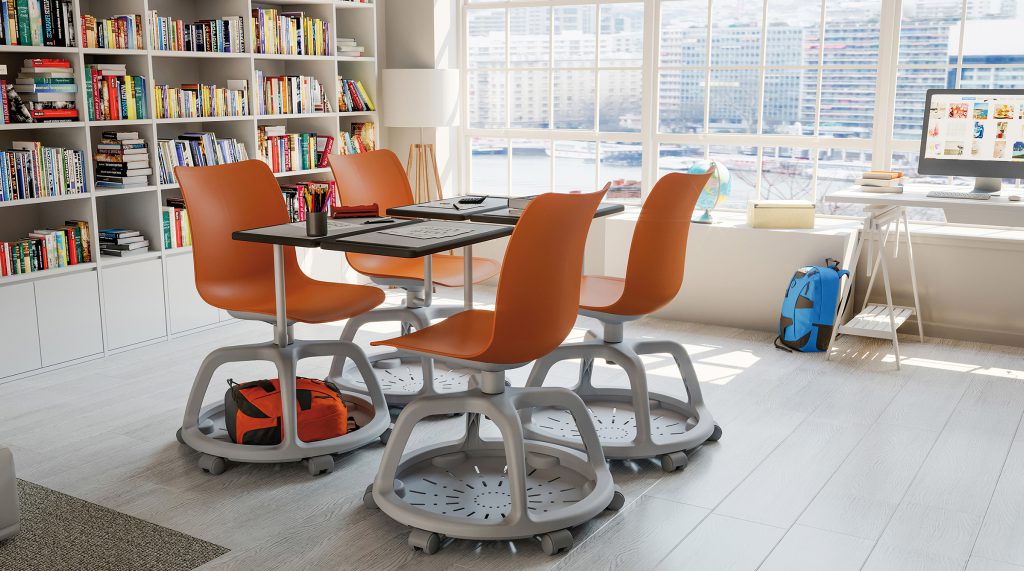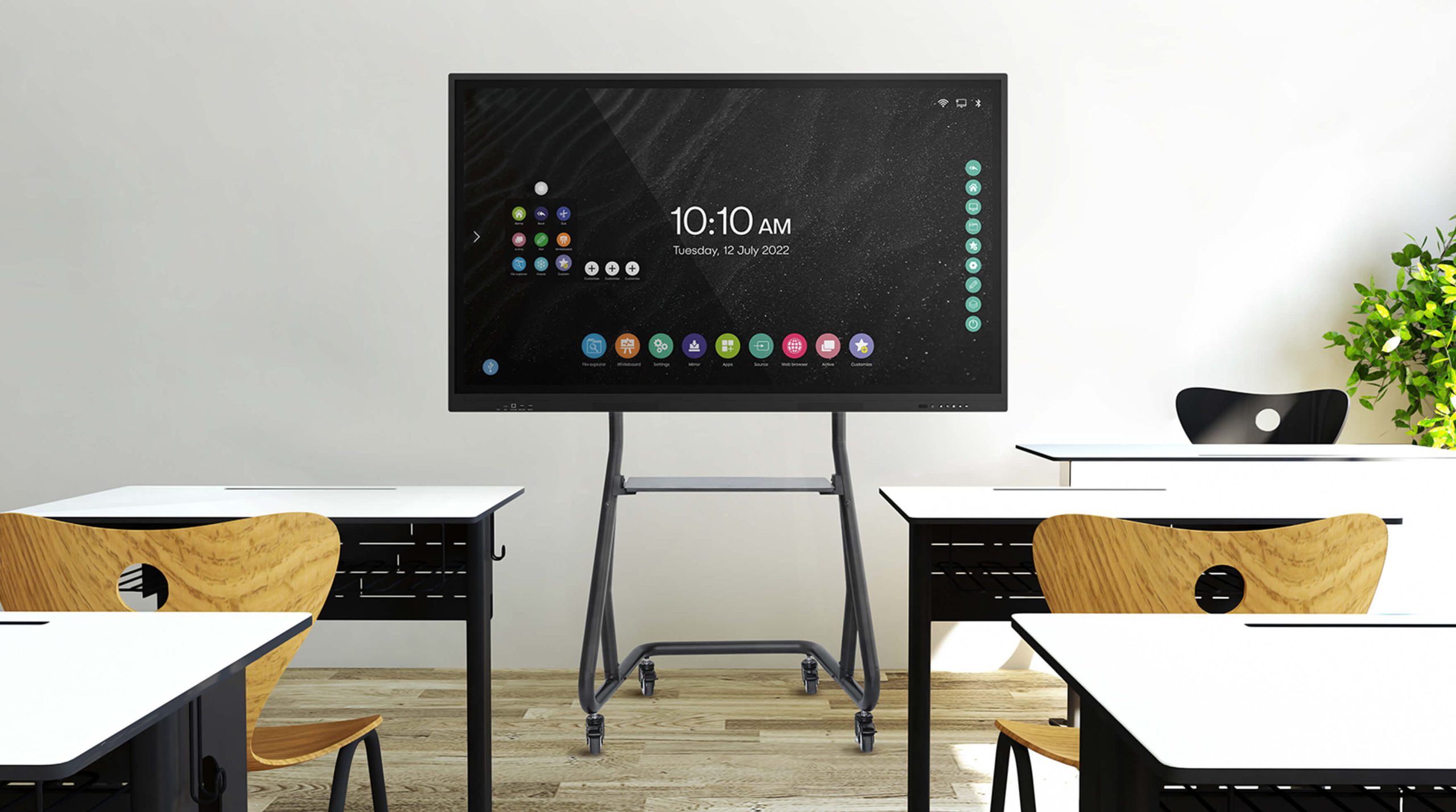
Neurodiversity is a scientific concept arising from brain imaging. A number of brain studies have shown that people with learning or thinking differences are “wired” differently than their peers. In other words, some children are born with brains that think, learn and process information differently than others. The term neurodiversity has since come to include not just autism, but other neurological conditions as well.
Neurological differences can pose challenges for children, particularly in classrooms. For example, children with dyslexia may have a harder time learning to read, take notes or sit for standardized testing. The neurodiversity movement sees dyslexia and other issues as normal variations in brain functionality. In this view, there is nothing “wrong” with children who have these differences.
The concept of neurodiversity embodies a strengths-based model that shifts the focus away from the challenges of students with neurological differences in favour of finding ways to work with the strengths of the student to enable them to participate and experience educational success. A great part of this wayfinding has to do with the Universal Design concept. The classroom layout and materials selected to make neurodiverse student feel comfortable.
Challenges in Traditional Classroom Settings
Traditional classroom setups may inadvertently exclude neurodivergent students, making it challenging for them to fully engage in the learning process. One aspect that often contributes to this exclusion is the arrangement of classroom furniture, including chairs. Conventional chairs tend to favour right-handed students, making it uncomfortable and sometimes even prohibitive for left-handed students to participate optimally. Additionally, the constant rearrangement of classroom furniture can lead to noise, sensory overload, and distractions, affecting the learning experience of all students, particularly those with sensory processing sensitivities.
What Is Universal Design?
Universal design is based on the notion that a classroom should be accessible to everyone, and that a teacher’s instructional style should accommodate everyone in the classroom without the need for special adaptation. In other words, universal design is about creating an education environment that works well for both the neurotypical and the neurodivergent, without the need for teachers to vary their approach from one student to the next.
Examples of this approach include making available for all a range of resources and equipment such as pencil grips, phonetic dictionaries, and helpful software - those who do not need them will not use them but being available for all reduces stigma but also having a clutter-free environment free of auditory and visual distractions.
One innovative way to achieve this is by implementing chairs designed to accommodate both left and right-handed students while promoting a decluttered, adaptable, and noise-reducing classroom configuration.

Benefits of Classroom Declutter
A decluttered classroom environment benefits all students, but it holds particular significance for neurodivergent individuals. Clutter can lead to sensory overload, which can be overwhelming for students with conditions like autism or ADHD. By providing easily configurable chairs that minimize the need for constant rearrangement, schools can maintain a clean, organized, and calming atmosphere, promoting better focus, attention, and overall well-being for all students.
Noise Reduction for Enhanced Concentration
Noise is an omnipresent factor in any educational setting, and for neurodivergent students, it can be a major hindrance to learning. In a traditional classroom, moving chairs and rearranging furniture generate unnecessary noise, making it difficult for students to concentrate and process information. Adaptable chairs that promote quick and seamless configuration contribute to a quieter classroom environment, enabling students to focus better and absorb information effectively.
Encouraging Collaboration and Interaction
Flexible seating arrangements with adaptable chairs also encourage collaboration and interaction among students. In a neurodiverse classroom, students may have different preferences for how they engage in group activities. Adaptable chairs allow for diverse seating configurations, empowering students to find their optimal learning space while facilitating productive group discussions and teamwork.
Inclusive educational environments that embrace neurodiversity are essential for the holistic development of all students. By investing in adaptable chairs that cater to both left and right-handed students, educational institutions can take a significant step toward promoting inclusivity and creating spaces where all students can thrive. These chairs not only accommodate students with diverse needs but also contribute to a clutter-free and noise-reduced classroom environment, benefiting all learners. As we continue to evolve our approach to education, let us remember that by valuing and supporting neurodiversity, we enrich the learning experience for everyone and pave the way for a more inclusive and compassionate society.

